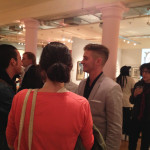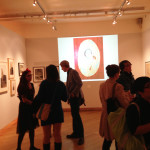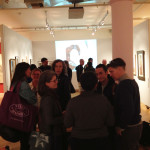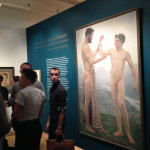Author | Oscar Lopez
Photography by Manu Gupta
Ketch Wehr is a remarkable visual artist whose most recent exhibition at the Leslie Lohman Museum of Gay and Lesbian Art scratches at the surface of history to reveal the queer colors hidden underneath. Originally from Westchester, New York and studying Fine Art at Smith College in Massachusetts, Wehr is interested in visually representing the idea of transformation and metamorphosis. Much of his earlier work focuses on animals and mirrors, creating works with an anthropomorphic quality that are indicative of the human ability for transformation.
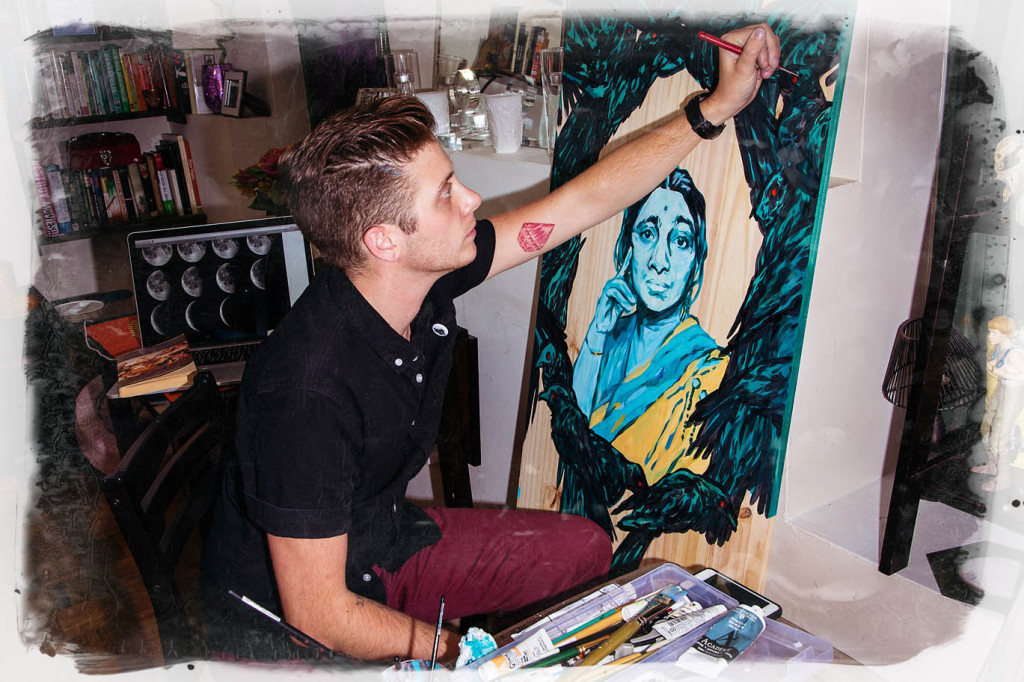
In his latest exhibition titled Emblems of Things to Come, Wehr looks back to figures from history whose significance as queer or feminist revolutionaries has been obscured by the annals of hetero-normative narratives. Again, Wehr examines transformation: of time, of history, ideology and ideas of gender, allowing us to physically see this progression and change through his exquisite, colorful portraits.
Queerness and queer politics have been central to Wehr’s work for a long time. As he says being queer has “always been a part of my identity so how can you divorce that from your work?” Yet ultimately his work is deeper and more universal. At its core, his work is an examination of narratives and stories as the basis for creating and transforming human identity.
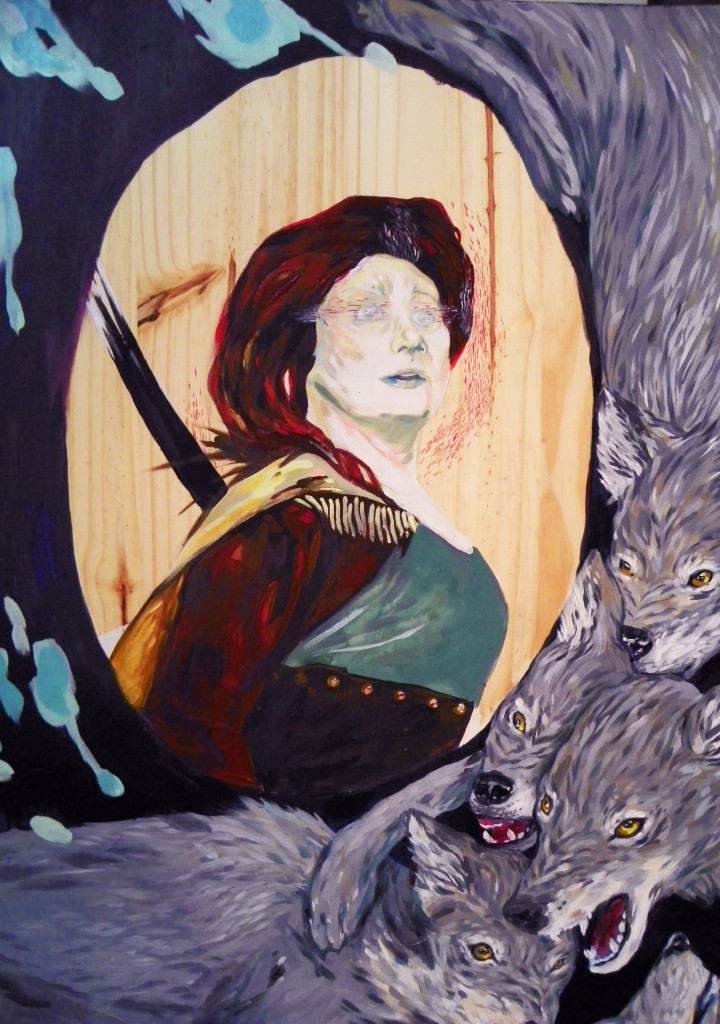
Prior to moving to New York, Wehr lived in Philadelphia, which he describes as a “digestible sized city” that is “in a state of beautiful decay.” In Philadelphia, Wehr was embraced by an incredible community of queer artists who helped him develop as both an artist and a trans-feminist activist. The city also provided Wehr with a remarkable level of community and healthcare support. He describes how the Mazzoni Center was an incredible place for both the medical and emotional support required for the process of transitioning. However, in terms of the art market, Wehr talks about the fact that the “financial difficulty” experienced by the city means that “art is a luxury,” which made making a living from his work extremely difficult. As such, Wehr decided to move to New York City, and has since made a splash on the queer arts scene here.

New York also presents is challenges, however. As we all know, space is a commodity difficult to find in this city. Without a proper studio space, Wehr was unable to work in oil paints and thus turned to gouache, which he has used for this exhibition. However, the artist has since come to truly embrace the medium for its incredible flexibility. He says “it can do a lot of the things oil can…but it’s better at layering…and you can get a lot more work out of the materials.” Wehr’s portraits indeed have a particular vibrancy and brightness of color, created through an intricate process of layering.
Color has always played a significant role in Wehr’s life. From a young age, he was diagnosed with synesthesia, a neurological condition in which one’s sensory experience creates an impression of a second cognitive pathway that is entirely different. Thus for Wehr, letters and numbers create an instant experience of color, with each symbol having its own particular color. Wehr describes how his birth-name created a sequence of pastels that he always found troubling. Wehr changed his name when he was 18 to a sequence of colors that were more in tune with his particular identity; significantly, many of these colors appear in one of the portraits. Although Wehr did not identify as transgender at the time, this was, for him, the first experience of being able to assume responsibility for his own identity.
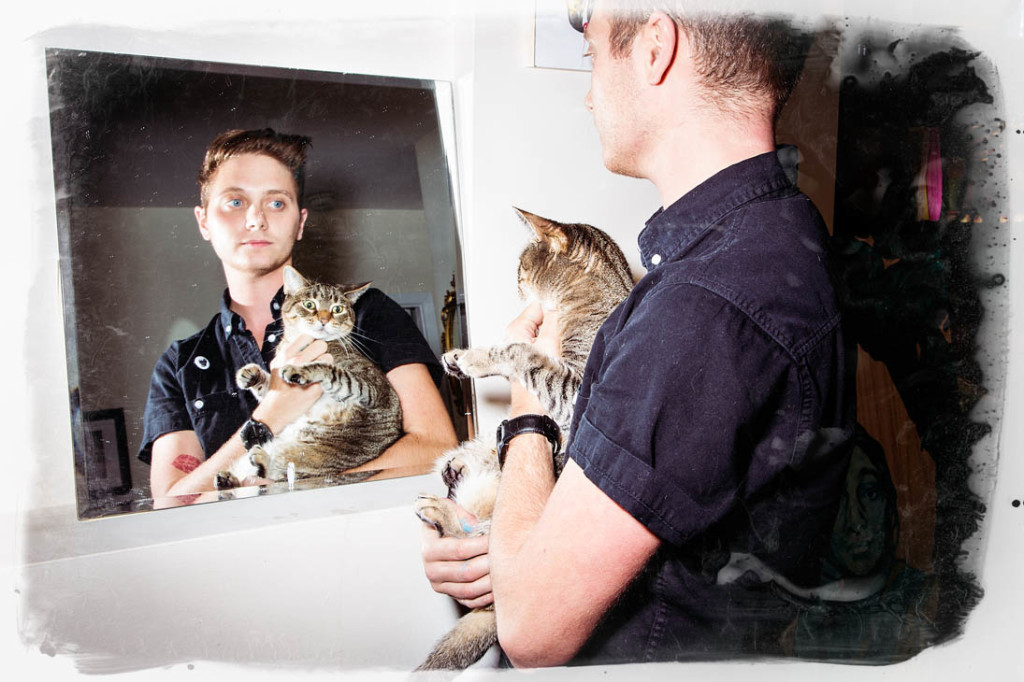
Apart from the work going on display at Lohman Museum, Wehr is working on a project funded by a grant from the Leeway Foundation. Wehr describes how “growing up queer we often have a beacon of queerness.” Wehr’s project involves interviewing people about this beacon of queerness, the person who inspired them to accept and perhaps craft their own identity, and then creating portraits both of the individual and their idol. Once again, while this work is queer-centered, it speaks more deeply about the significance of individual narratives to our own sense of identity formation as well as the significance of history, both personal and socio-political, to our understanding of ourselves.
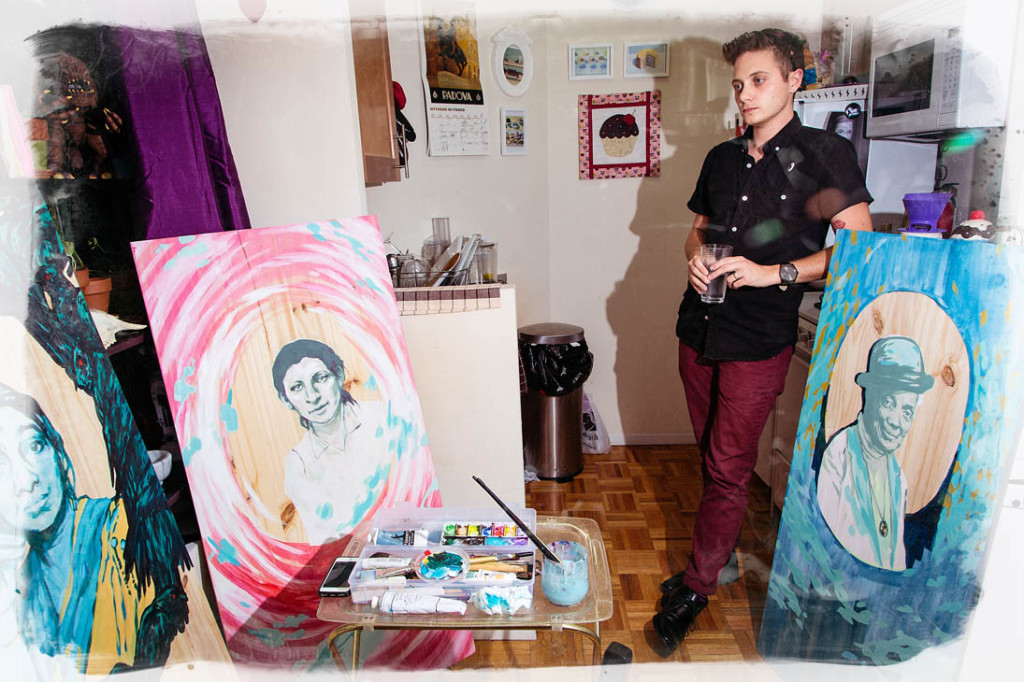
Wehr’s interest in history began when the artist began listening to books and podcasts while working on his artwork. This fascination developed into a desire to explore and examine queer history and the evolution of queer identity over time, leading to the production of the works in this collection. Yet Wehr reveals that this project has taken on a personal touch. Recently, his grandmother gave him a book titled “Gay Threads.” The book was in fact written by Wehr’s great grandfather and explores “narratives of gay men through history.” Wehr had always been fascinated by his great grandfather, and this discovery brings not only greater significance to Wehr’s current work, but moreover emphasizes the idea that queer and non-normative narratives exist everywhere if we are just curious enough to look.
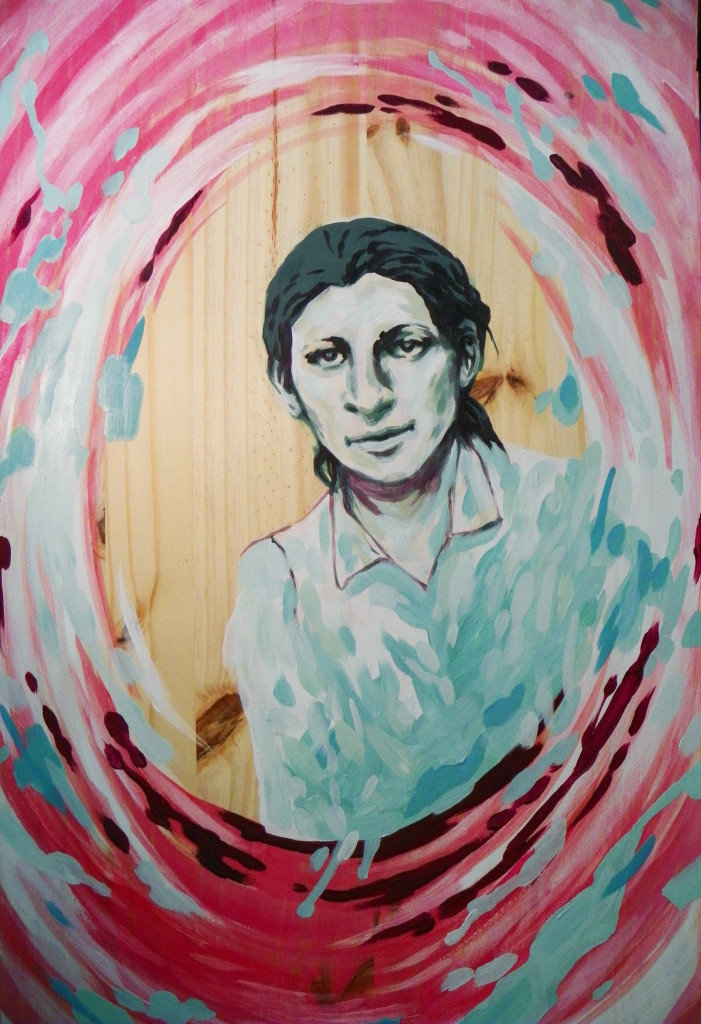
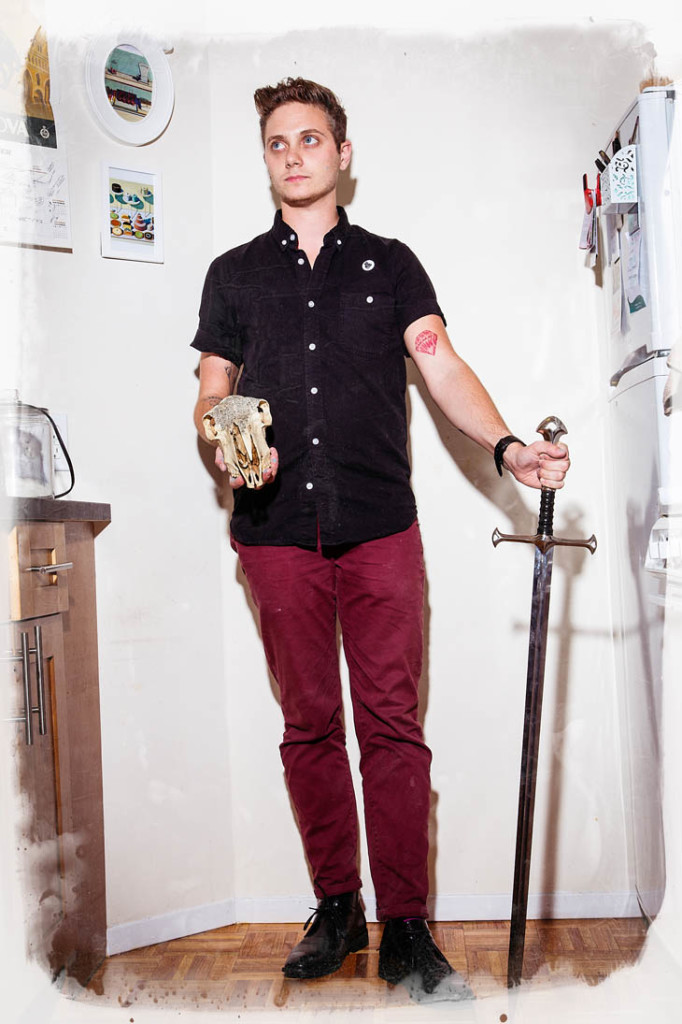
Ketch Wehr’s exhibition will be on view at the Leslie Lohman Museum of Gay and Lesbian Art from October 18, 2013 to January 26, 2014.
For more information:
http://www.leslielohman.org/exhibitions/current.html

